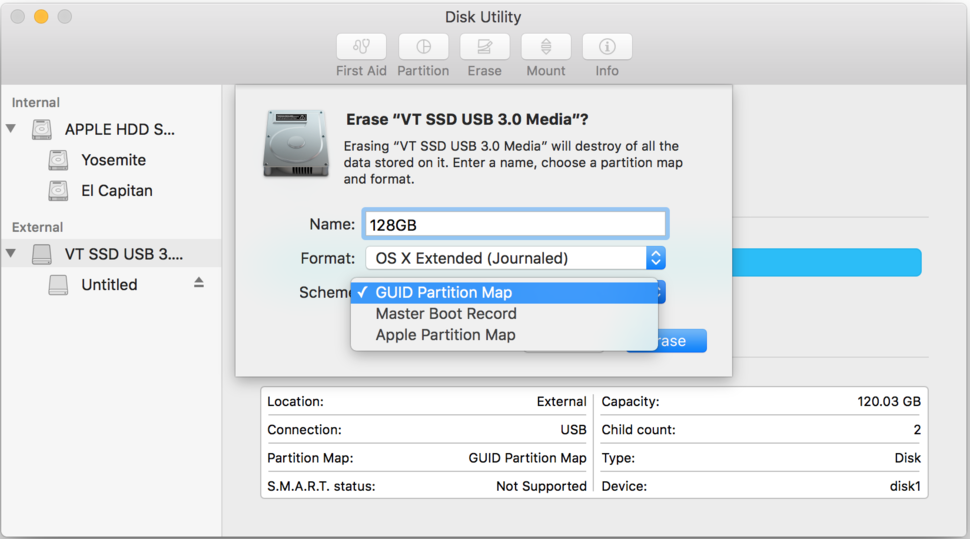

At this point, you should be very careful because 1) there are different ways to download installer files, depending on the macOS version, so you should choose the right download method 2) you should download installer files but shouldn’t install new macOS on your Mac - when the installation starts, make sure to terminate it right away. We’ll explain how to get those files on your Mac in a sec.ĭo you have your external drive ready? Great! Let’s grab the installer files now. The drive should be formatted as Mac OS Extended. An external drive (USB flash drive or any other type) with at least 14GB of free space.What you need to create a bootable USB for Macīefore we begin, here are two main things you need to create a bootable USB: Whether it’s an external hard drive or a USB ‘thumb’ drive, both are considered bootable drives.įor the sake of clarity, we’ll simply refer to any external drive as a USB drive. Simply stated, a bootable USB Mac drive is one that has a version (or versions) of macOS available on a disk that isn’t your machine. However, the file system is not supported by many older systems.Try free What is a bootable USB or external drive? In theory, data capacity of up to 2 TB is possible, but Microsoft has limited the partition size in newer systems to 32 GB in order to promote the modern NFTS format.ĮxFAT is a further development of FAT that in principle offers unattainable storage and data capacity. The maximum data size is limited to 4 GB in the latest version FAT32. It is not supported by many applications.įAT is a file system developed by Microsoft that is also supported by Linux and macOS.


Mac OS Extended (Journaled) with the addition that the file system can differentiate between upper and lower case (e.g. HFS+ or Mac OS Extended (case-sensitive and journaled) Windows/Linux devices are only able to read but not write on USB sticks in this format. A file system developed by Apple that is particularly suited to data media with large memory capacity.


 0 kommentar(er)
0 kommentar(er)
